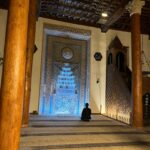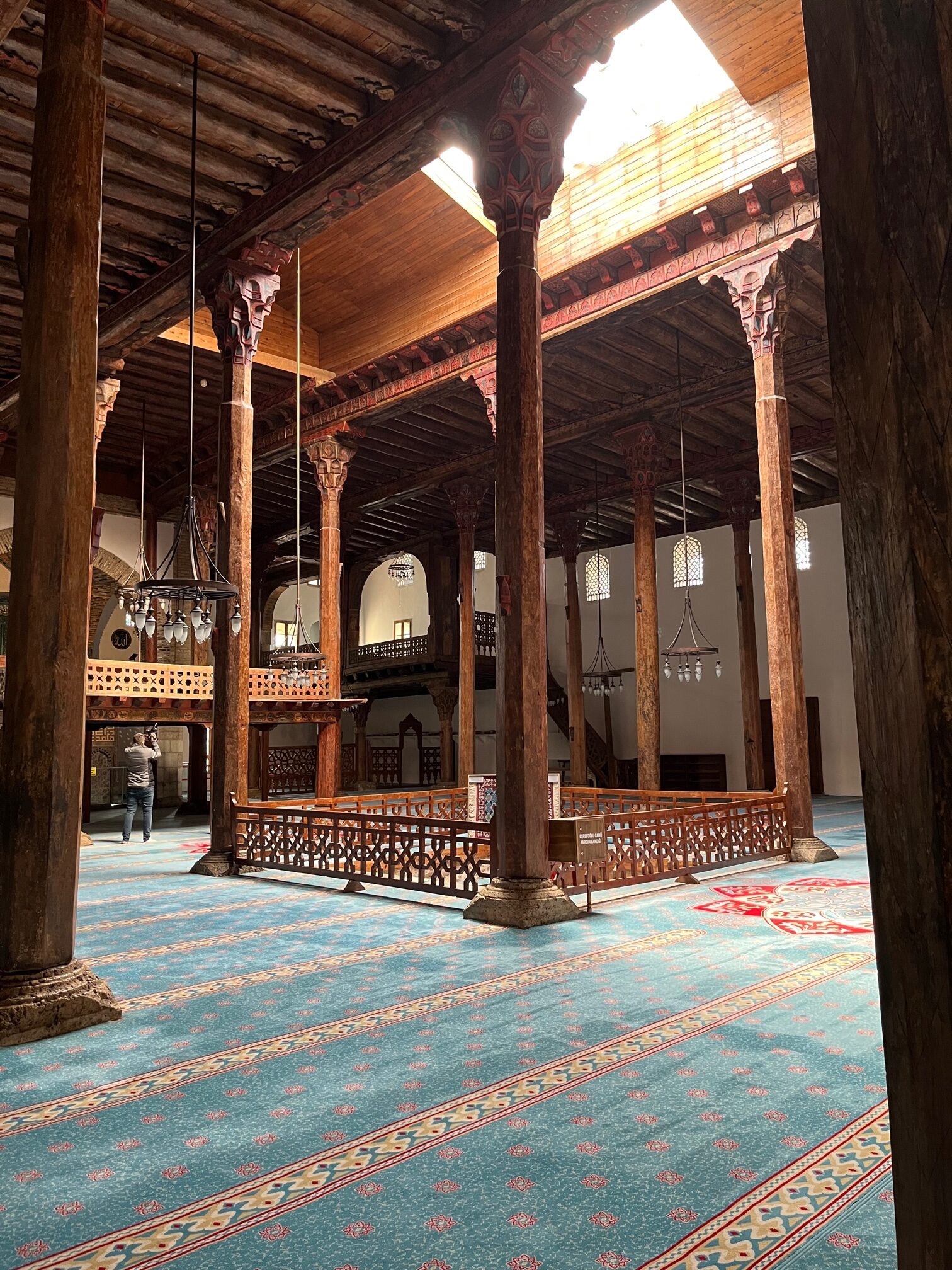The Wooden Hypostyle Mosques of Medieval Anatolia, known for the skilful woodcarving and handiwork used in their structures, have followed Gordion as the new addition from Türkiye to the UNESCO World Heritage List. The mosques have been inscribed on the UNESCO List at the Extended 45th session of the UNESCO World Heritage Committee in Riyadh, Kingdom of Saudi Arabia, held on September 10-25, 2023. With the registration of the wooden mosques in the list, the number of the World Heritage Sites of Türkiye has increased to 21.
The historical mosques, standing out as the best representatives of the wooden hypostyle mosques of Anatolia, have also become Türkiye’s first serial cultural sites registered in the World Heritage List. This serial property comprises five hypostyle mosques built in Anatolia between the late 13th and mid-14th centuries, each located in a different province of present-day Türkiye. Among the UNESCO-listed mosques are the Beyşehir Eşrefoğlu Mosque in Konya, Sivrihisar Ulu Mosque in Eskişehir, Kasabaköy Mahmut Bey Mosque in Kastamonu, Ahi Şerefeddin Mosque or Arslanhane in Ankara and Afyonkarahisar Ulu Mosque.

Despite their different locations, these mosques showcase common technical features. According to UNESCO, the mosques’ distinctive architectural design incorporates an exterior building envelope built of masonry with rows of wooden interior columns (“hypostyle”) that support a flat wooden ceiling and the roof. They also stand out with their intricate woodcarving and handiwork. The mosques present an extraordinary level of carpentry skill and aesthetics with their minbars (pulpits) made with the “kündekari” technique — a decorative art method in which small pieces of wood cut in geometric shapes are joined to form a large surface, engraving-like decorations called “kalem işi” and meticulous woodworking in their doors, column capitals, ceiling beams, and corbels. These historical structures, well-preserved from the Middle Ages to today, reflect Anatolian life and culture.

Authentic UNESCO-Listed Mosques
The Beyşehir Eşrefoğlu Mosque is the largest among Anatolia’s wooden columned and beamed mosques. The mosque, built between 1296 and 1299, reflects the magnificence of stone and woodworkmanship of the Seljuk period. It contains all the features seen across numerous Seljuk mosques: multiple wooden columns, a ceiling wholly decorated with wood and “kalem işi” motifs, and a minbar entirely made of wood.
The Sivrihisar Ulu Mosque is another rare example of a large wooden-columned mosque in Anatolia. The eight-century-old Sivrihisar Ulu Mosque, where 2,500 people can worship simultaneously, has four entrance doors and a roof carried by 67 wooden pillars. Kalem işi motifs decorate the upper parts of these pillars. The mosque is also renowned for its walnut minbar adorned with geometrical and floral ornaments.
Kasabaköy Mahmut Bey Mosque, constructed in 1366 during the Beylik of Çandar — one of the principalities established as a result of the decline of the Seljuks (Anatolian Seljuk State), holds a distinguished place among the wooden mosques in Anatolia. It is noteworthy for being built without a single nail and its unique interior and wooden structure. The mosque’s portal, a masterpiece of art, is now kept in the Kastamonu Ethnography Museum. A replica of the original portal has been mounted in place.
Ahi Şerefeddin Mosque, also known as Arslanhane, is a significant work with a history of eight centuries despite its very plain appearance from the outside. Built in the beginning of the 13th century, the mosque is named Arslanhane, meaning lion’s shelter in Turkish, because of the ancient lion statue buried in the wall of the tomb complex located east of it. The single-storey mosque reveals the harmony of spolia material with wood through its 24 wooden pillars and marble column heads.
Afyonkarahisar Ulu Mosque, one of the biggest mosques in the city, was built between 1272 and 1277. The mosque is one of the unique examples of the Seljuk period with its wooden and brick architecture with glazed tiles. Its wooden beam roof is supported by 40 wooden columns whose capitals are made by master artisans.
The Seljuk and Ottoman wooden mosques of Anatolia are rare examples of religious architecture with nailless use of wood and impressive handcrafted decoration. Building a tradition of wooden roofed and wooden columned mosques continued until the beginning of the 20th century in the remote regions from the centre of the Ottoman period. These unique mosques can be visited on a thematic route: https://faith.goturkiye.com/authentic-wooden-mosques

